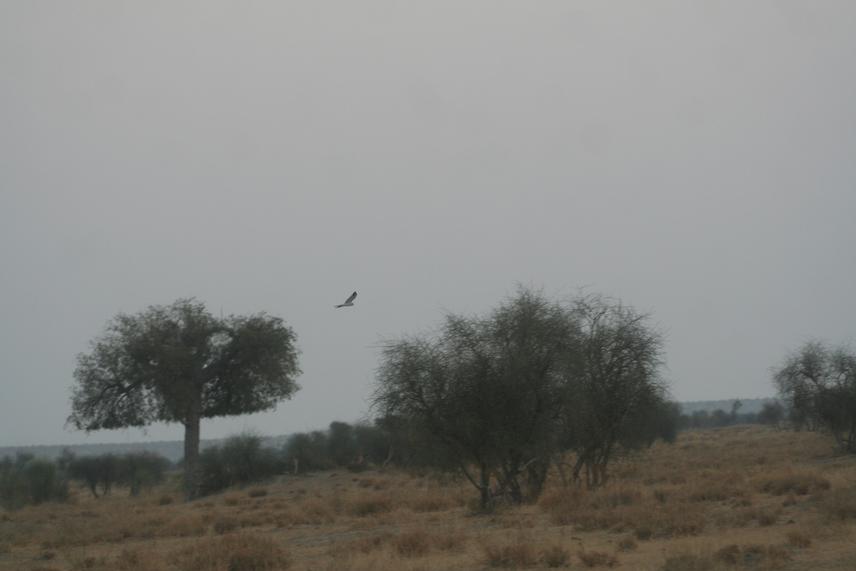Ashok Verma
Other projects
18 Jun 2009
Status, Ecology, Behaviour and Conservation of Harriers in the Thar Desert of Rajasthan, India
To obtain information on the population and distribution of harriers including identifying roosts in the regions of Gujarat and Rajasthan in northwestern India for planning their long term conservation strategy.

Desert National Park in Thar Desert in Rajasthan.
India is one of largest harrier wintering grounds in the world. Our study intends to collect information on one of least studied migratory raptor group in the country. Of 5 harrier species occurring in Rajasthan and Gujarat i.e. Mongtagu’s Circus pygargus, Pallid Circus macrourus, Hen Circus cyaneus, Marsh Circus aeruginosus and Pied Harrier Circus melanoleucos, pallid harrier is globally near-threatened and any information concerning its disribution and population is essential for planning its conservation measures. There is a lack of information on the winter distribution and habitat requirements of female Pallid Harriers (The Pallid Harrier Action Plan, 2003). Recent literature suggests that the Pallid Harrier experience declining trend.
The present study will collect information both on their foraging and communal roosting habitats. Knowledge of both winter use and habitat characteristic associated with communal roosts is required to manage habitat for wintering populations (Thompson 1990). Communal roost sites of harriers are generally different from the foraging sites therefore, management of the roost sites is equally important. All informations collected during the present study will help in preparing conservation plan for their long term survival in these regions. Proper conservation measurement taken in their non-breeding grounds will help with the reproductive success of the species in their breeding grounds.
The project also aims at training forest guards in the identification of harriers so that they could monitor harriers after the project ends. Awareness programs about harrier importance as biological control of insects in the local community will initiate interest in them and this will also be linked with eco-tourism in the region. Workshops for students on harrier identification, roost counts methodology and their ecological role will also be organized. Furthermore, our study will form the basis for conducting future research on wintering ecology of harriers in the region including globally near threatened pallid harrier.